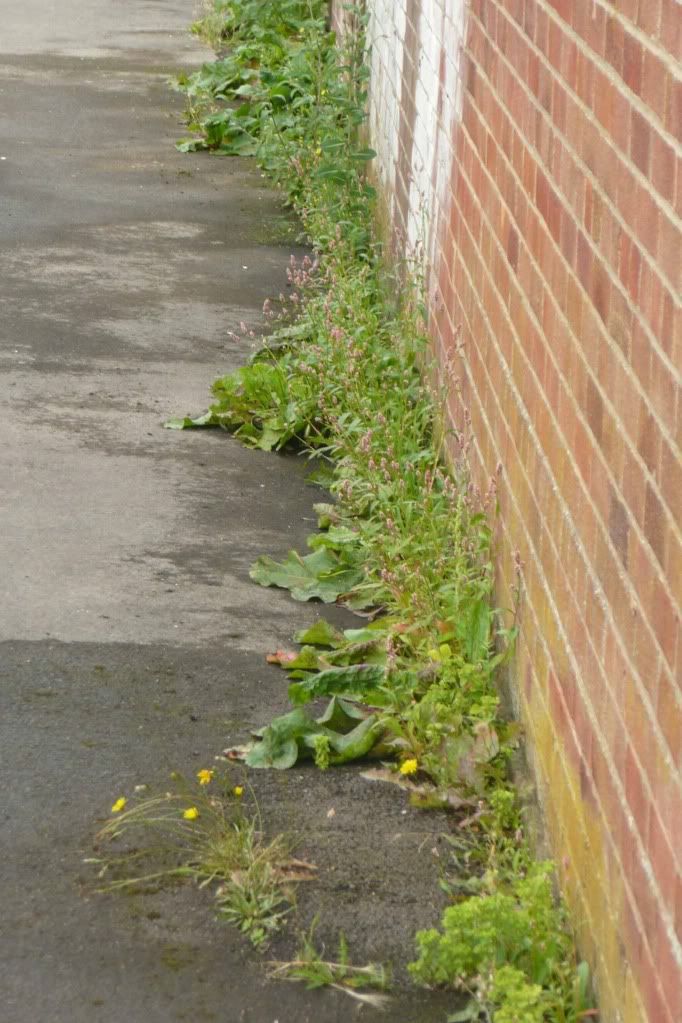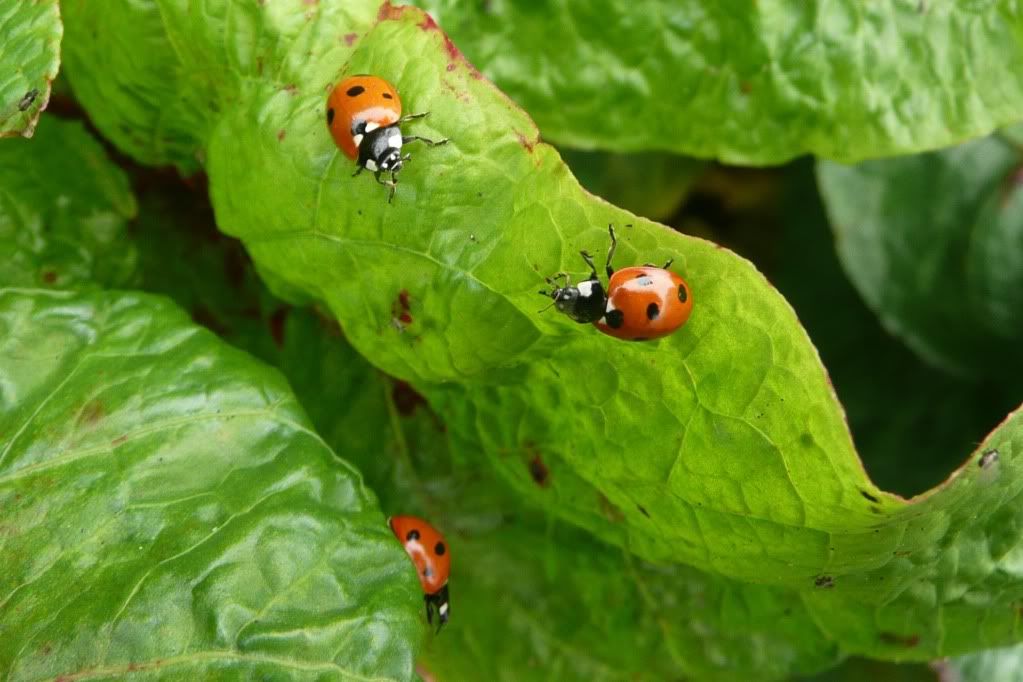.
.
But closer inspection it turns out to be a haven for ladybirds, including the larvae of an invasive harlequin:
.
.
After a few weeks the larvae turn into pupa, also seen on the same plant:
.
.
The full size adult then emerges, on these plants there countless seven spot adults. Perhaps surprisingly, there were no obvious harlequin adults.
.
.
Although the seven spot is one of the UK's most common ladybirds, the rapid spreading of the harlequin may soon out compete it - as harlequins will feed on the eggs, larvae and pupae of the native ladybirds:
But closer inspection it turns out to be a haven for ladybirds, including the larvae of an invasive harlequin:
.
.
After a few weeks the larvae turn into pupa, also seen on the same plant:
.
.
The full size adult then emerges, on these plants there countless seven spot adults. Perhaps surprisingly, there were no obvious harlequin adults.
.
.
Although the seven spot is one of the UK's most common ladybirds, the rapid spreading of the harlequin may soon out compete it - as harlequins will feed on the eggs, larvae and pupae of the native ladybirds:




I've got both types of ladybird in my garden: 7 spots and harlequins. Unfortnately a lot of the harlequins seem to like my car and I worry about transporting them round the country (Dorset, Norfolk, Leicestershire and Oxfordshire). I know they can always fly anyway but maybe one of their adaptations, along with preying on our native species, is the advanced usage of human transport to spread their species!
ReplyDeletePS the pic of the pavement looks just like my driveway!
Rachel M
Having checked out the Harlequin Ladybird Survey: http://www.harlequin-survey.org/ It appears Harlequins have already spread to those four counties, so you don't have to worry about that.
ReplyDeleteFrom the map they have spread from London to most of England in less than 6 years: http://www.harlequin-survey.org/images/maps/harlequin_years_23Aug10.gif
So I would say you're almost certainly right, human transportation has helped them spread.